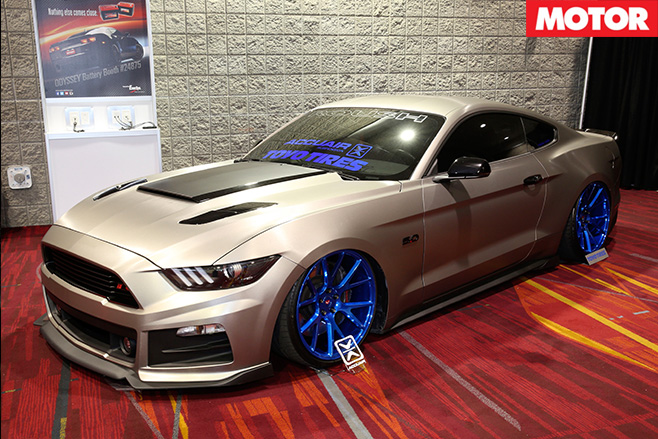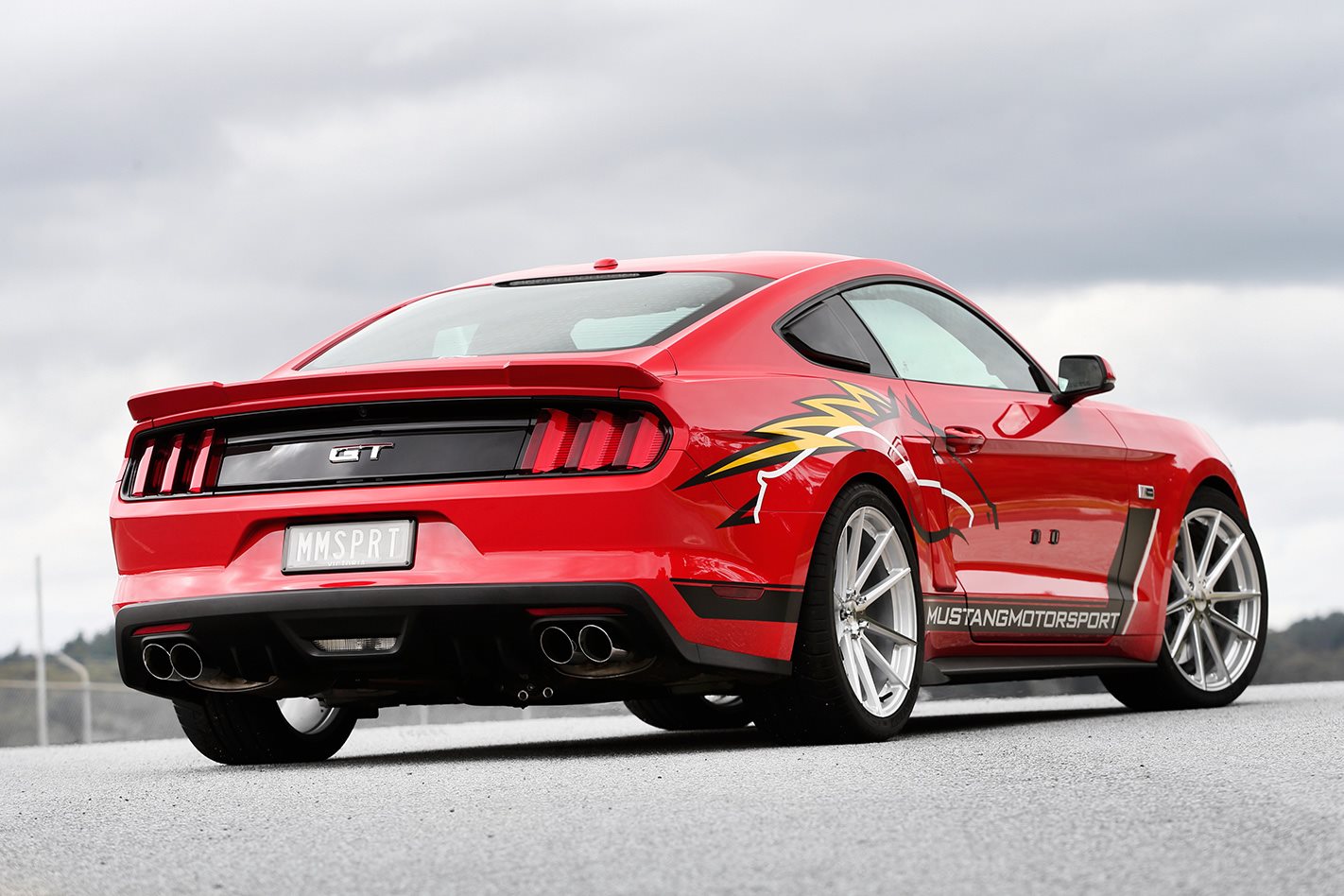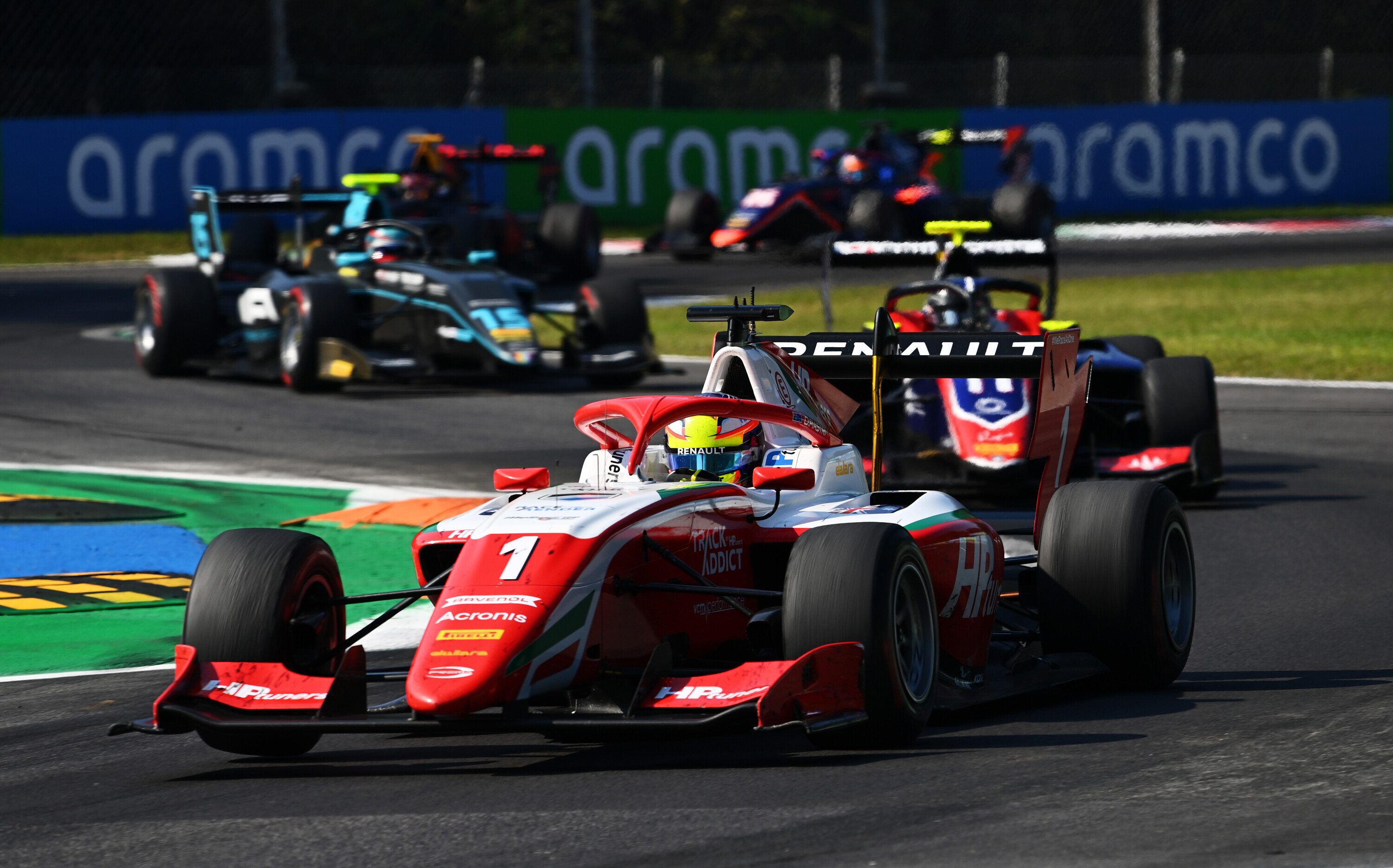Unlike many American land barges, Ford Mustangs have a proud history on circuits that turn left and right, in touring and sports car racing. However, they weren’t always synonymous with excellent handling during the 1970s and 80s.
Naturally, Ford totally overhauled the new-gen Mustang’s handling and braking package, with independent rear suspension, less weight and better brakes and steering. Yet there’s still plenty of room for improvement in making a pony car point properly.
Mustang Motorsport’s Craig Dean has a long history converting and racing pony cars and was one of the first to start R&D work on the new-gen car when it was launched in 2014.
“We started early in the piece, developing these cars before they were launched locally, which means we’ve had a lot of seat and development time to ensure the car has good power and good handling,” Dean says. And while many enthusiasts spend big bucks on getting the best parts to add power, one of the most crucial components sometimes gets scrimped on.

Quality rubber increases grip, especially in the wet, wrangles the ponies better under power and sharpens up the steering, though possibly at the cost of quicker wear and perhaps a bit more tyre roar.
The standard wheels are 19-inchers and are a good starting point, but they are the factory’s compromise between a comfortable ride and predictible handling. More precision can be had by going to lower-profile tyres on 20-inch rims, but this will come at a price too. A wise place to begin is a wheel alignment check as it’s often off by a bit and will affect steering, handling, fuel and tyre wear.
Local Bilstein damper distributor and an expert at refining suspension, Brad Heasman from Heasman Steering knows how well Mustangs respond to being properly set up. Heasman looked at spring packages to lower the cars. “I reckon the Eibach springs are the best so far,” he says.

As a veteran of tarmac rallying, Dean is frank about the stock suspension and how to fix it. “The standard car doesn’t ride that well with the Performance Pack but we have our own coilover set-up, designed for everyday drivers who want a balance of ride and handling,” he says. “We’ve had it made, designed for road and Targa-style use with specific valving, and it’s nice and subtle in its ride characteristics.”
You can spend anywhere from $1500 to $10,000 for a set of coilovers, plus the installation cost. Remember, these require far more labour to set up properly, as damping, spring rate and wheel alignment all need to be adjusted at each corner, rather than just plugging in a ready-made part.




